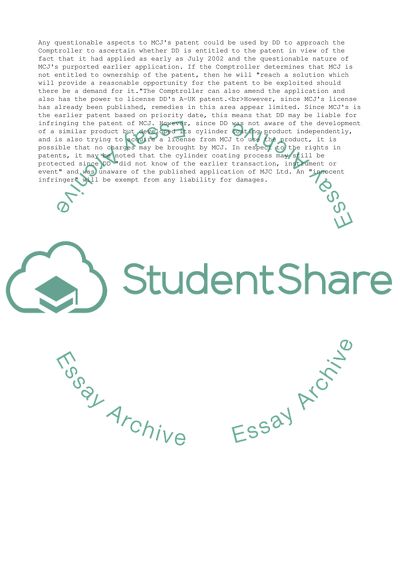Cite this document
(“Patents Act Essay Example | Topics and Well Written Essays - 2250 words”, n.d.)
Retrieved from https://studentshare.org/management/1536610-patents-act
Retrieved from https://studentshare.org/management/1536610-patents-act
(Patents Act Essay Example | Topics and Well Written Essays - 2250 Words)
https://studentshare.org/management/1536610-patents-act.
https://studentshare.org/management/1536610-patents-act.
“Patents Act Essay Example | Topics and Well Written Essays - 2250 Words”, n.d. https://studentshare.org/management/1536610-patents-act.


